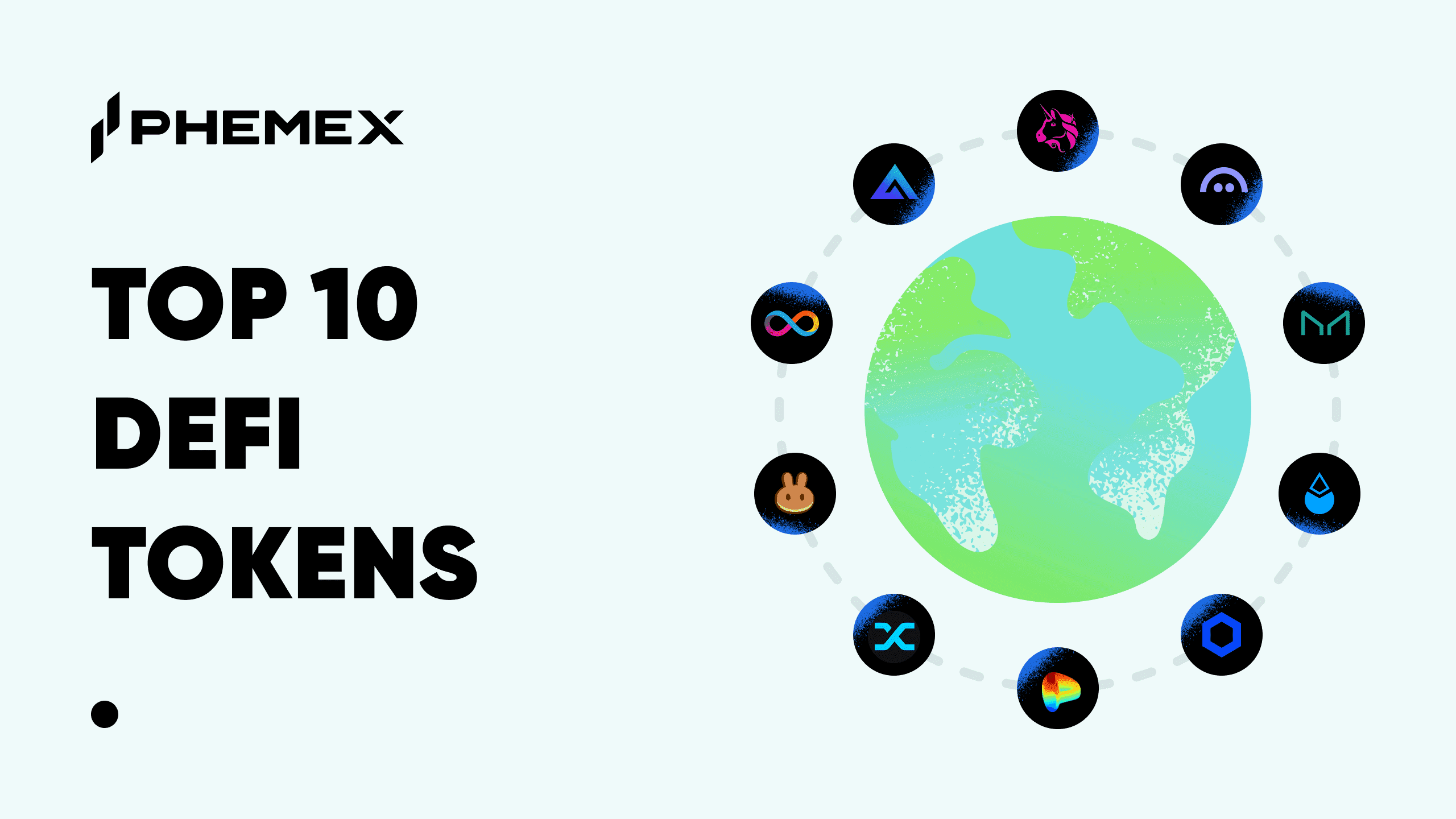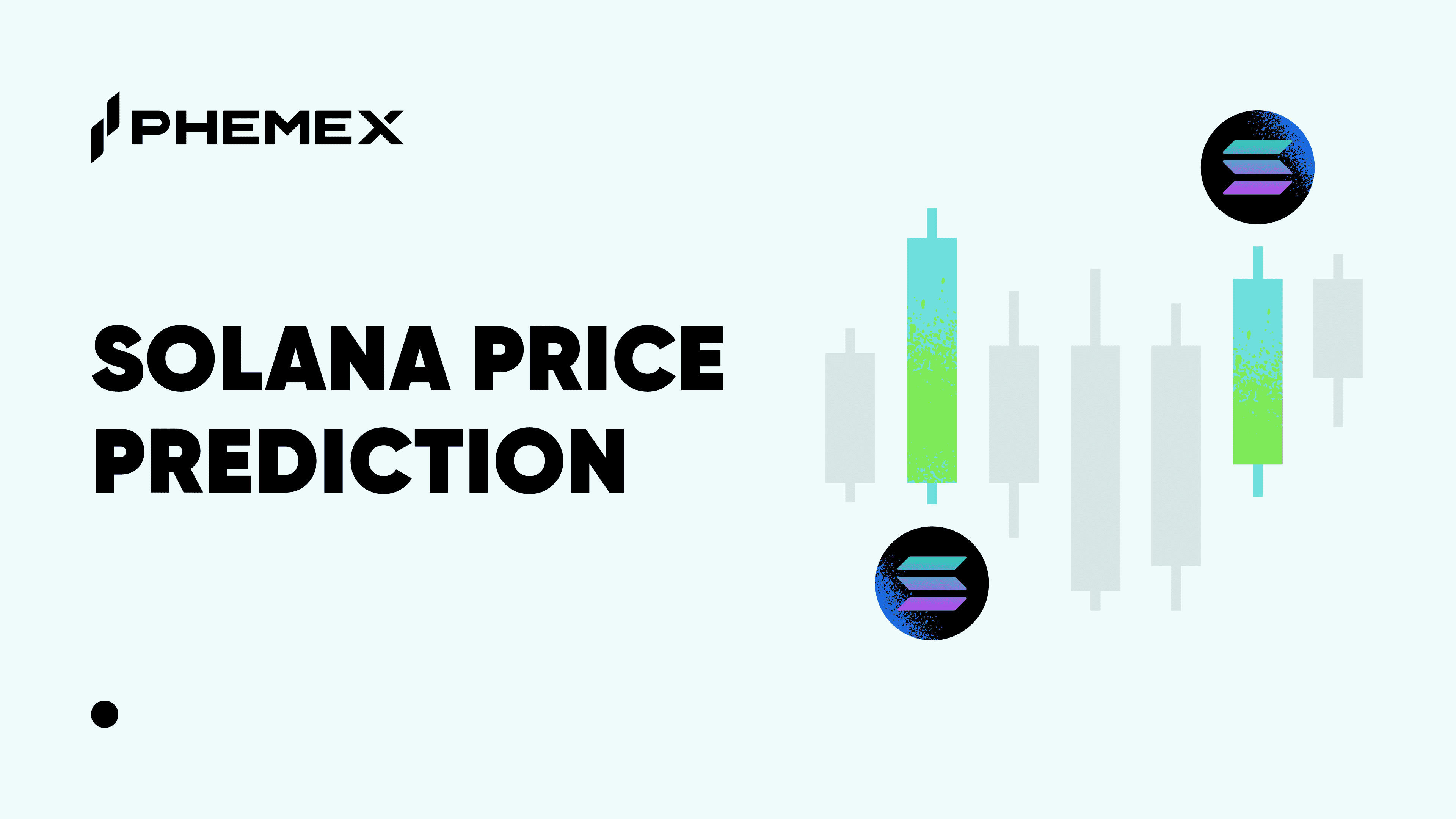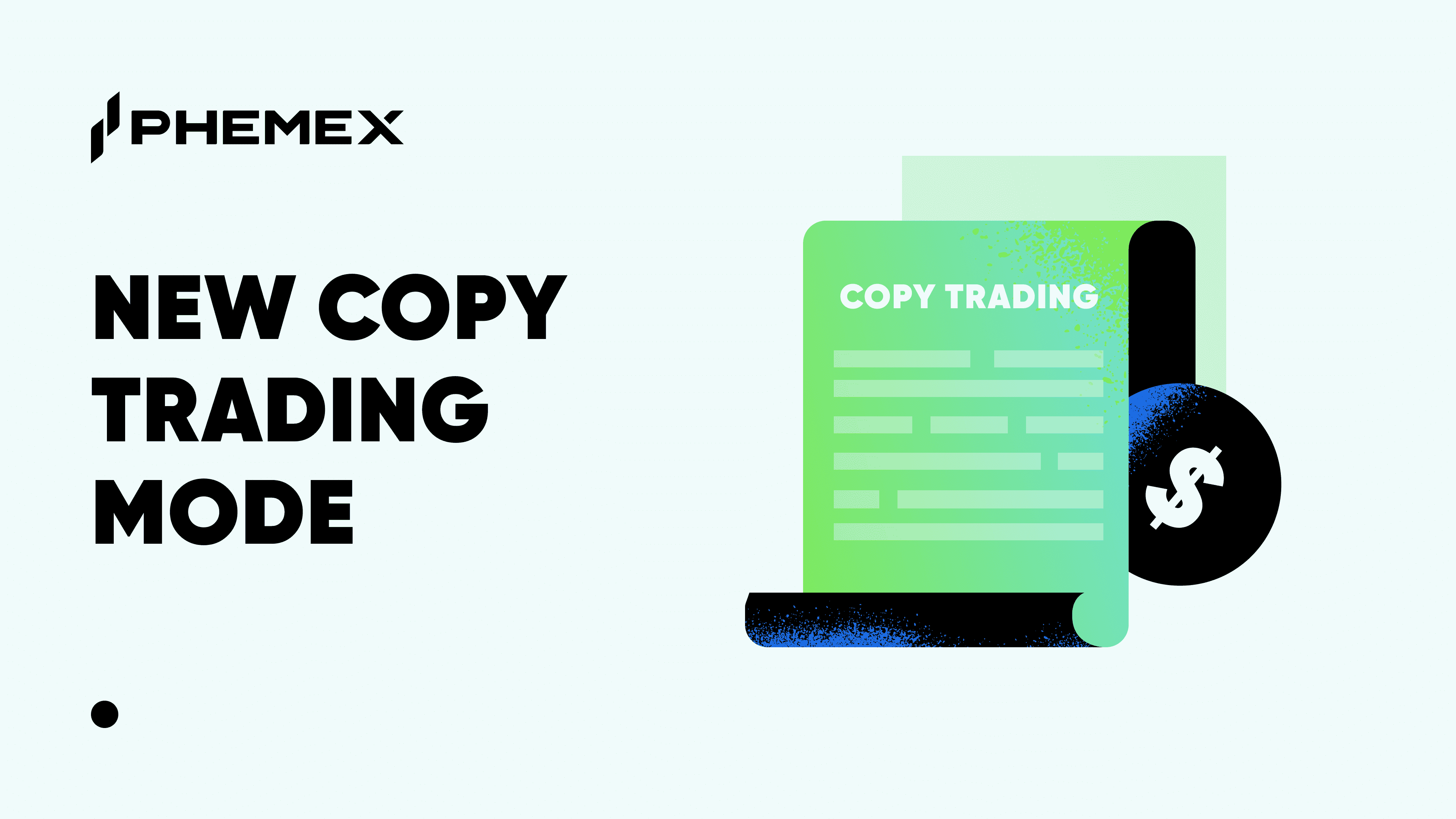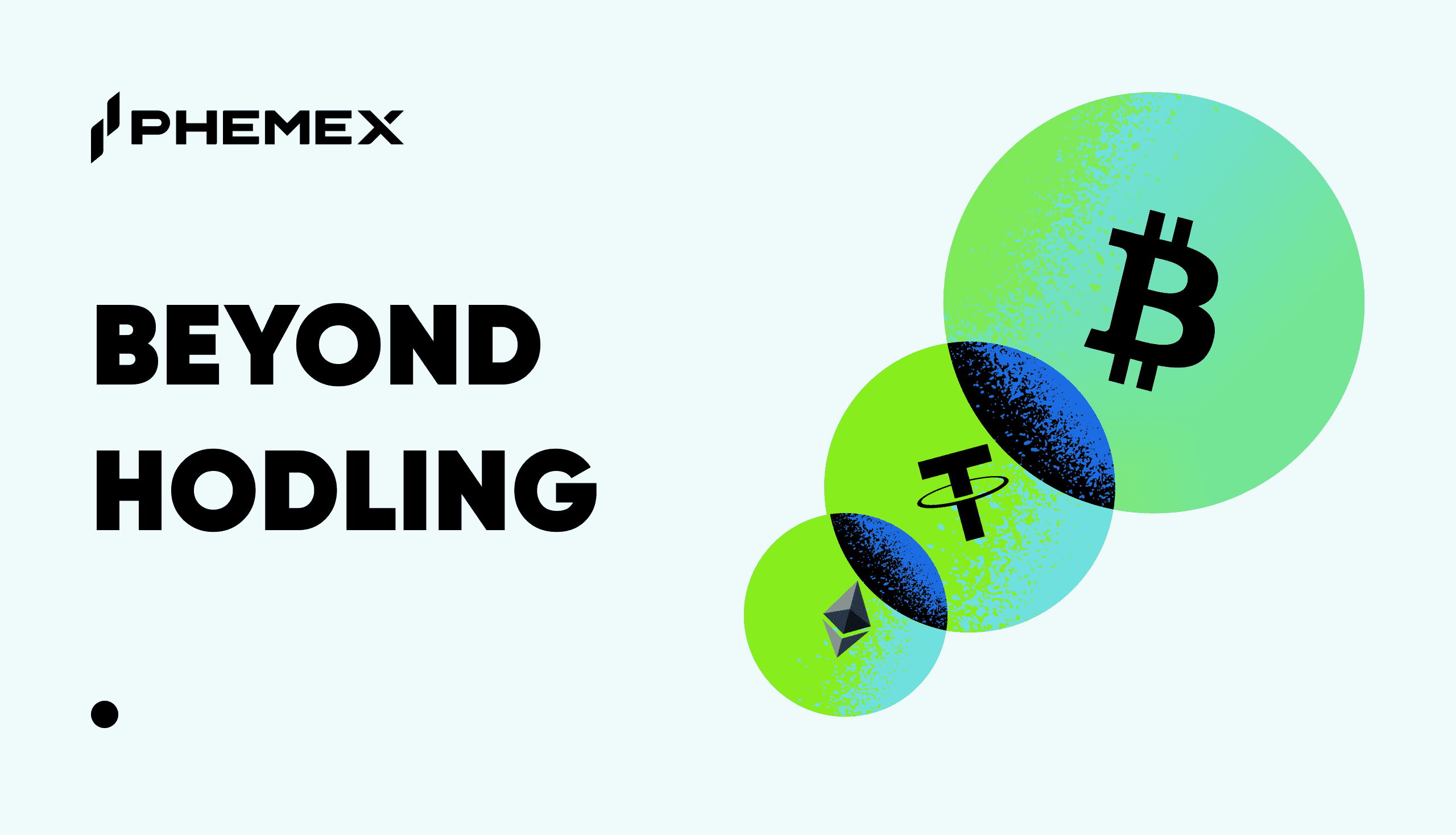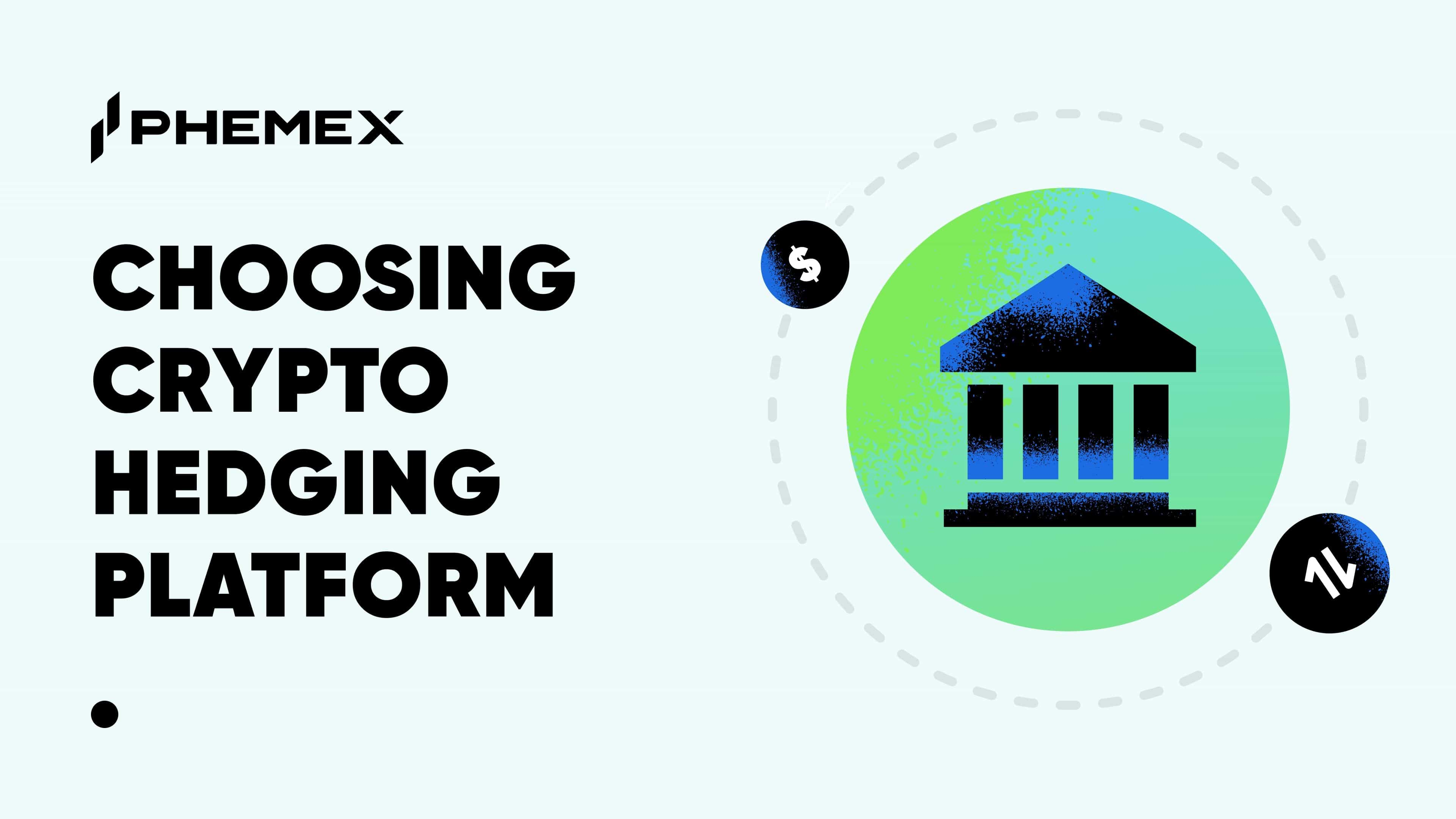
In market downturns, many cryptocurrencies fall into the abyss and disappear – which sometimes is a good thing for the market and for innovation. However, no one really enjoys seeing projects go bankrupt or fail in their objectives. So now in 2022 given the already seven-month bear market and recent three-month crash, it’s important to take a look at the specific segment of smart contracts and layer 1s, and analyze how the landscape is looking. After all, smart contract layer 1 chains were a much smaller industry in 2017 versus 2022.
To take a trip down memory lane, if we look at the image below which features the top 20 cryptocurrencies in Fall 2017, we can see today many of these projects are no longer in the top 20, and a lot of them have completely fallen out of the competition.

Now on to 2022, six out of the top 15 cryptocurrencies are smart contract layer 1 blockchains, so it has clearly become an important part of the crypto/decentralized/Web3 movement – with Ethereum at the helm.

However, besides Ethereum, there are other great smart contract layer 1s such as Cardano, Solana, Polkadot, Tron, Avalanche, Near, Cosmos, Algorand, and the Internet Computer. These are the 10 most referred to and studied.
Best Smart Contract Platforms & Their Prospects Moving Forward
As seen below in Messari’s smart contract platform data ranking, the top layer 1s include Ethereum, BNB, Cardano, Solana, Polkadot, Tron, Avalanche, Near, Cosmos, Algorand, and the Internet Computer. Their total market cap is around $230 billion – which is about 25% of the entire crypto market cap. So in essence, they’re extremely important for the industry and its development moving forward, especially since Bitcoin alone commands over 40% of the market.
 (Source: Messari, top smart contract platforms in the cryptocurrency market today)
(Source: Messari, top smart contract platforms in the cryptocurrency market today)
Smart contract blockchains are also essential for the development of decentralized applications, DeFi applications, Web3 innovations, and the Metaverse.
Ethereum in particular leads smart contract chains in terms of TVL, DApps, DeFi, NFTs, layer 2s, and other tokens such as Dai, Shiba Inu, Wrapped Bitcoin, Lido Staked Ether, Polygon, Chainlink, Uniswap, The Sandbox, ApeCoin, Decentraland, Maker, and Aave.
The Ethereum ecosystem is huge and because it’s crowded with DeFi applications such as lending and borrowing protocols, yield farming, decentralized exchanges, NFTs, metaverse, GameFi, Web3 infrastructure services, and stablecoins, it has suffered problems of having high gas fees, lower throughput, and has encountered issues in scaling. That’s why Ethereum is planning for an important upgrade this year with the Merge where it will switch from a PoW chain to a PoS one, and this version of Ethereum v2 should improve on its current weaknesses.
In second and third place are Cardano and Solana, which are two other very popular layer 1s, with Solana at one point in November 2021 being the third-largest cryptocurrency by market cap. Cardano too has also been very strong, but it hasn’t attracted the high coin valuations as has Solana, but nonetheless, there’s a very strong Cardano community that has been around for over five years, and that community keeps the coin’s ecosystem strong. So Cardano is a good investment choice for the long-term and is a platform that is still seeking to attract more developers and applications.
Solana too is known for its very strong ecosystem of NFTs, DeFi applications, and other Web3 DApps. This ecosystem includes apps and services such as Audius, Civc, Serum, Sushi, Raydium, Mango Markets, Bonfida, MAPS, and Oxygen. Solana NFTs are really important and have at times traded in volumes over Ethereum, in particular Magic Eden.
However, on the downside, the Solana network has experienced various technical issues with its network and has experienced outages and network stoppages, which has garnered criticism from the industry. Nonetheless, Solana is a really great layer 1 that is at a solid price range for long-term investors.
Moreover, Avalanche and Algorand (the Two A’s) are two other layer 1 blockchains. Avalanche is the more popular of the two, especially since it has breached the top 10 cryptos in its lifetime, and is seen as a major competitor in the “Ethereum Killer” conversation with the introduction of its subnet technology and blockchain setup. Avalanche has a strong ecosystem of games such as DeFi Kingdoms and Crabada.
Polkadot is an interesting blockchain innovation with its parachains and Kusama network, Tron with its smart contracts, Justin Sun, a new algorithmic stablecoin, and Near Protocol.
The Internet Computer is also another layer 1 blockchain that brands itself differently from a purely crypto/blockchain solution, and instead represents a step forward in reinventing the Internet.
All of these projects mentioned above are likely to survive the current bear market – and that’s because they all have great technologies, great ecosystems, large user adoptions, published roadmaps, and strong dedicated teams. These are the intangibles that any project needs to survive, especially when the investor money gets tightened by the Fed and the general market sentiment is risk-off.
Competitive Overview: Which Platform Is The Fastest & Most Scalable
Typically when comparing different blockchains the industry uses metrics such as transaction speed, transaction finality, scalability, nodes, storage costs, etc, – and by looking at these metrics below we can see that chains such as Ethereum, Cardano, and Algorand are slower on the TPS and the transaction finality metrics. The faster ones are Solana, Avalanche, and the Internet Computer – with the Internet Computer coming in as theoretically the fastest in terms of TPS and finality. However, Avalanche and Solana are also fast. Avalanche in particular because of its blockchain and subnet technology.

However, these blockchains also have some weaknesses in that their data storage costs are high and rely on outside centralized servers – here we’re talking about Ethereum, Solana, Avalanche, and Algorand, with the Internet Computer coming in clean on this end.
Regarding nodes, a popular metric for decentralization, Ethereum and Cardano take the lead, with Solana and Avalanche coming in third and fourth place.
Conclusion
This is just a brief overview, but for these smart contract platforms to stay competitive and resilient moving forward, there need to be faster transaction times to compete with centralized financial offerings, there needs to be less reliance on cloud servers and centralized data centers, and their needs to be greater scalability to manage more applications such as DeFi, other DApps, and NFTs.
Although different, each one of these chains such as Ethereum, Cardano, Solana, Avalanche, Algorand, and the Internet Computer have their comparative advantages and benefits. Moving forward, the industry will rely on them to truly realize Web3.






